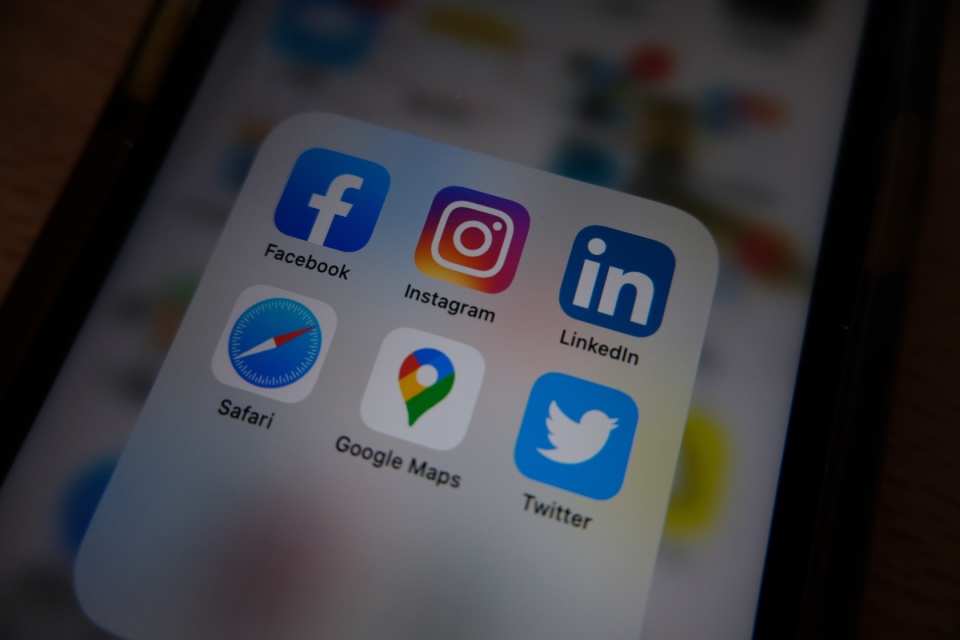The Office for National Statistics has released its findings into homeworking trends in the UK over the past 12 months. We hear from a selection of industry experts, consultants, and authors about the five key learnings from this latest report, and what this means for businesses battling to recover from the effects of a global pandemic.
Talent growth has been stunted
The ONS report revealed that people who mainly worked from home were less than half as likely to be promoted than all other workers and were around 38% less likely on average to have received a bonus. Dr Lucy Davey, a coach for professional women is concerned that an increase in permanent home-working may mean more women are at a disadvantage when it comes to career progression.
“Many businesses are shifting towards more flexible working options which give employees the choice between working from home or the office. The trouble is that despite appearing more inclusive, it’s likely to result in the complete opposite. A higher proportion of women will take up the offer of working from home in order to fit around their childcare needs. Ultimately, this means that they’ll spend less time in the office, will be less visible than their office-based counterparts (often male) and less likely to be next in line for a promotion,” explains Dr Lucy.
Jeremy Blain, author of The Inner CEO: Unleashing Leaders at All Levels (Panoma Press) believes there is a huge difference between enlightened and less enlightened companies: “Those with 20th Century vision are looking ‘back to go forward’ – more traditional, see remote as no substitution for office based workers and often ignore the teams and great workers they cannot see”.
Blain suggests that more enlightened companies realise three things.
- This IS the next normal
- A remote/hybrid model can be even more productive and beneficial for all
- The workforce within two years will be made up of 50% permanent and 50% independent workers, changing how human capital management has been seen, structured and operated – including how recognition and reward needs to evolve.
“Therefore the real issue here for traditional companies, is that the leadership and management mindset needs to shift first, before progress can be made; before the business can truly transform; and before a more diverse, equitable and inclusive approach can be implemented in reality to workplace and workforce management. Otherwise, management is merely paying lip-service to transformation,” explains Blain.
Working patterns have been disrupted
There is no denying that the pandemic has led to a seismic shift in working patterns. The ONS report revealed that people who completed any work from home did 6.0 hours of unpaid overtime on average per week in 2020, compared with 3.6 hours for those that never work from home. In addition, homeworkers were more likely to work in the evenings compared with those who worked away from home and between the hours of 6pm and 11pm.
“This year of ‘working from home’ has not been a simple shift in venue; we believe the transformation may be even more significant,” explain Martin Boroson and Carmel Moore, directors of the One Moment Company.
“This time has caused an enormous transformation in the way people think about their time–giving people the opportunity to pause to reflect on what we really want, how we can work more flexibly, how to collaborate virtually, and how to divide up, prioritise, and find quality time in a self-organised day. In many ways, this time has been the death-knell for industrial era understanding of time. The nine-to-five, five-days-a-week is over. We have moved into a world where the workday is fluid, everything is available all the time, and the ability of individuals and teams to discern what is truly important is paramount,” says Moore.
“Work will increasingly be considered in the context of a life as a whole. This time has been an opportunity for workers to press reset and see themselves as human first. They don’t want to go back to office life being all consuming. People are choosing how to construct their days in order to prioritise family, self-care and exercise. So, while the relative importance of work may have diminished, allowing people to prioritise family, self-care, and exercise may actually boost their productivity, engagement, and job satisfaction,’ adds Boroson.
Illness and injury is being masked
Unsurprisingly, the ONS report revealed that sickness absence rate for workers doing any work from home was 0.9% on average in 2020, compared with 2.2% for those who never worked from home in their main job. Whilst this can be attributed to being away from the germs and bugs associated with commuting and air-conditioned offices, it is also important to recognise that many were simply working through periods of illness or injury.
“Very few employees are likely to enjoy the luxury of a purpose-built home office. Instead, people have been perched on uncomfortable chairs, on edges of beds with screens and keyboards at the wrong height or angle. Sooner or later, health and wellbeing will suffer and many employers are already anticipating a future wave of claims in regard to muscular-skeletal employee health and well-being issues,” reports Elisa Nardi, CEO of Notebook Mentor who has had a three-decade career in human resource management, including 15 years as a group chief people officer.
“There has been a marked rise in back problems since people started working from home, and if employers don’t do something about the issue quickly, in years to come they are going to face court claims from employees suffering long-term chronic pain. Even if as an employer you don’t have the funds to supply appropriate working from home equipment, the least that can be done, is to supply information on good workplace ergonomics,” advises Nardi.
Pre-Covid-19, the facts and stats around stress, anxiety and depression at work were a concern, accounting for 44% of work-related ill health issues and 54% of working days lost. Amidst a global pandemic, the evidence suggests it is nothing other than a bigger problem than it was before. “Levels of happiness are rising, however, there is a likely anxiety spike on its way, based on people’s concerns about commuting and returning to the workplace,” adds Nardi.
Another key health issue to consider is the business impact of Long Covid; the topic of long-term illness is covered in Notebook Mentor’s Dealing with work and serious illness notebook “One of the main challenges of long COVID is knowing how long the effects are likely to last. Cases have shown that symptoms seem to come and go. An employee may be fit to work one day, and then totally debilitated by their condition the next, with very little notice. People suffering long-COVID need to be treated sensitively, and with agility, such that new ways of working can be found, tackling immediate issues and those we cannot yet foresee,” says Nardi.
Virtual training is now the norm
The ONS report revealed that prior to 2020, those who mainly worked from home were on average about 40% less likely to have received job-related education or training compared with those who never worked from home in their main job. However, in 2020 the likelihood of home-based workers to have received training relative to workers based away from home increased. This actually levelled the playing field for homeworkers and reduced the disparity between home and office-based working, explains Aidan Dunphy, director of digital consultancy, Samepage: “I’ve always felt that remote workers were to some extent second-class employees, excluded from muttered conversations, the forgotten 2D face on a screen at the end of the boardroom table. However, lockdown has levelled the field; our classroom-based product strategy training has switched to Adobe’s Connect platform with great success, a welcome experience for trainees having to acclimatise to full-time online working.
“We’ve trained teams distributed across continents with a classroom dynamic, albeit with sensitivity to the particular rigours of video conferencing. Demand began to climb in Q4 as it became clear to clients that there’s nothing weird about remote working, and we expect online in-person training to become a normal activity for technology firms, even as face-to-face once again becomes possible.”
The time for change is now
According to the ONS report, in 2020, the industry with the highest proportion of any homeworking was information and communication (62.0%), followed by professional, scientific, and technical activities (56.1%) and financial services (54.2%). These powerful, wealthy and influential industries must now work even harder to communicate their values, aims and purpose in order to retain staff working remotely, keep investors happy and provide a positive impact on the world around them.
“Businesses are generally carrying on ‘business as usual’ and the pursuit of growth; which is what they know and understand. Of course, there is not a Board or Senior Management Team on the planet that is not aware of the increasingly urgent call for change. But when you don’t know how to change what do you do?,” offers Neil Gaught, co-founder of Single Organizing Idea Ltd and author of Core: How A Single Organizing Idea Can Change Business For Good (Routledge).
“Unfortunately, the generation of business leaders who are in charge today, are totally unaware of the 21st-century tools and approaches required to make change possible. And even if they are aware of them, the vast majority are simply too heavily invested in the status quo to want to make change possible. Unfortunately, that also includes many of the ’trusted advisors’ (management consultants), they rely upon. The scale of this specific issue is massive when you consider what is required: It is not just some ‘tweaking’ that’s needed, but a radical change to the core business models that sit at the heart of these corporations.”









